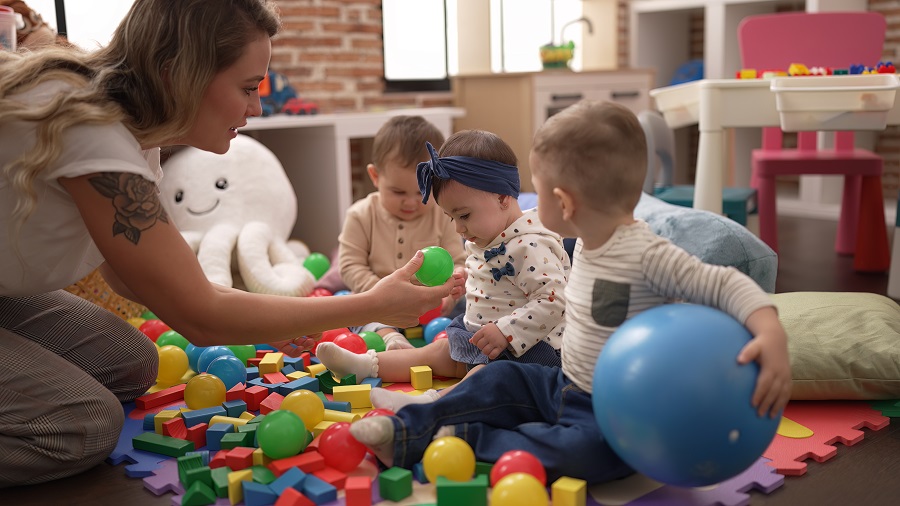Why the Playground Is the First Real Classroom in Preschool

When we think of preschool, we often picture crayons, circle time, and songs about the alphabet. But ask any child where their favorite place is, and chances are, it’s not the reading corner. It’s the playground. Here’s a fresh idea: The playground isn’t just a break from learning. It’s where learning begins.
A Classroom Without Walls
Unlike a traditional classroom, the playground doesn’t come with rules on the board or quiet instructions. Instead, it gives children space to move, to wonder, to test, and to try. And in preschool, that kind of freedom is golden.
A child learning to climb a rope ladder isn’t just building muscle; they’re building bravery. A child is negotiating who gets the red shovel? That’s conflict resolution 101. And the best part? They don’t even know they’re learning because it’s all wrapped in joy.
The Science of Sliding and Sharing
Modern research backs this up. Studies show that play-based learning in preschool helps children develop:
- Executive function (a fancy word for memory, focus, and self-control)
- Social-emotional skills
- Language and communication abilities
- And where does all this happen naturally? On the playground.
That tug-of-war over a toy truck? It's a lesson in empathy. That moment of helping a friend who fell? That’s emotional intelligence in action. No flashcards needed.
Micro Moments, Mega Growth
Think of the playground as a mini-society. There are rules, some spoken, most not. Roles change quickly. Today’s “leader” might be tomorrow’s “follower.” And every bump, turn, and giggle becomes a piece of the puzzle in learning how to be part of a group.
In many ways, preschool playgrounds are a child’s first lesson in navigating real life — only with softer landings and louder laughter.
Beyond ‘Fun’: Why It Matters
Some parents worry that too much play means too little learning. But in a quality preschool, play is never “just” play. It’s the foundation.
Before kids can write letters, they need to develop fine motor skills, which they build by climbing, grabbing, and digging. Before they can sit through a class, they need to learn how to manage their bodies, their emotions, their friendships. That kind of learning doesn't happen by sitting still. It happens in motion and emotion.
Final Thoughts: Don’t Underestimate the Swing Set
The next time you see a preschool playground full of running, jumping, tumbling chaos, don’t see a break from learning. See the beginning of it.
